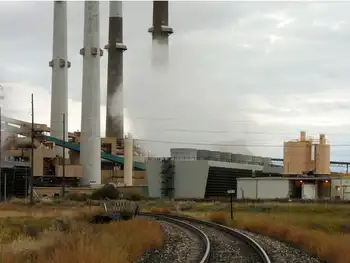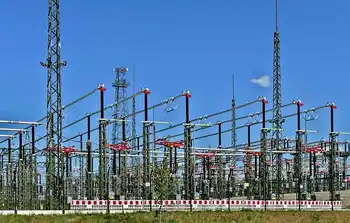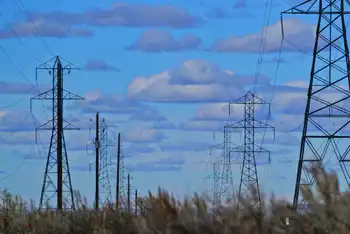AECL could lose deal to build Ontario reactors to Areva
By Toronto Sun
CSA Z462 Arc Flash Training - Electrical Safety Essentials
Our customized live online or in‑person group training can be delivered to your staff at your location.

- Live Online
- 6 hours Instructor-led
- Group Training Available
The government-owned Atomic Energy of Canada (AECL) is the only domestic firm of three bidders in the running to build two new Ontario power reactors at a cost of up to $14 billion.
But the problem-plagued agency and its proposed nuclear technologies are both so dubious that it may be up to a French company to save the Canadian nuclear industry.
More on that in a moment.
Atomic Energy was recently in the news as the agency behind the so-called Maple debacle, new mini-reactors that were supposed to produce radioactive medical isotopes used to test and treat thousands of cancer patients every week.
Instead, by the time the Conservative government pulled the plug on the whole Maple project last year, the reactors were 500% over budget, 10 years late and didn't work.
While the massive power reactors that Atomic Energy is proposing to build in Ontario have little in common with the disastrous medical Maples, the agency is once again offering another new, untried design that isn't even off the drawing board yet.
The so-called Advanced Candu Reactor, or ACR 1000, is supposed to put Canada back in the forefront of a global nuclear industry now suddenly mushrooming as a source of green power.
Maybe someday. But for now, with Ontario just months from awarding the mother of all nuclear contracts, Atomic Energy's offering of a reactor that doesn't exist, is understandably causing no end of radioactive heartburn inside government.
All things being equal, hiring the federal nuclear agency to build reactors for provincial power authorities would be a no-brainer.
For one thing, at stake is a massive amount of public money that would be nice to keep in Canadian hands.
The two Ontario reactors alone are expected to cost up to $14 billion.
But insiders in the Canadian nuclear industry say that whoever lands the Ontario deal will be strongly positioned to snag similar mega-projects being discussed in New Brunswick, Alberta and Saskatchewan.
Taxpayers also have a fortune already invested in Atomic Energy and its new Candu reactor design.
Documents obtained by the Canadian Press show over $1 billion of public funds going to the agency just in this year and last.
That includes over $400 million directly into designing the new Candu.
Finally, there is a growing consensus in the industry that the Ontario reactor deal is pretty well do or die for Atomic Energy.
If the Ontario contract goes to one of the other bidders — the French giant Areva, or Westinghouse owned by Toshiba — so likely will the other Canadian deals.
On the flip side, any government investing billions in a new reactor will naturally want to be sure it is the best value for taxpayers' money — and that it works.
AECL's record of over-budget projects is so profound that it is doubtful any provincial government would order a Candu without a federal guarantee against cost overruns.
Enter the French bidder, Areva, a company that is already building its 100th reactor of the type being proposed for Ontario.
Bids for the Ontario mega-deal closed last month with a final decision expected in June.
But sources say Areva has since taken the extraordinary step of offering to licence its own proven reactor technology to AECL, and effectively partner on the Ontario project.
The deal would give Ontario proven reactor technology, while keeping AECL and its highly-skilled workforce in business until the Candu is ready for market.
Whether that deal or another, taxpayers can only pray common sense prevails.











